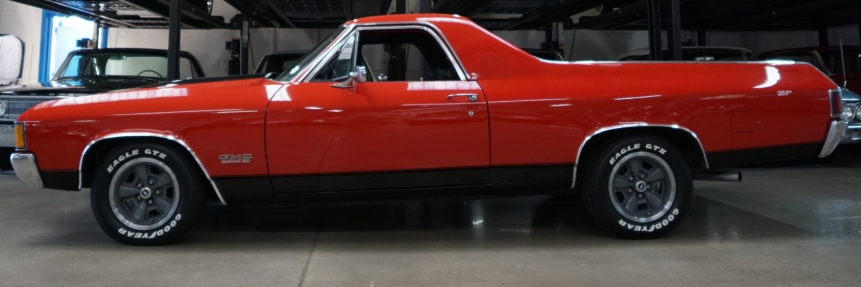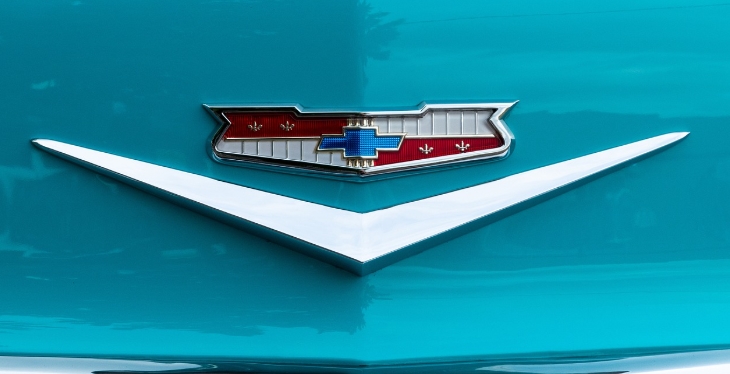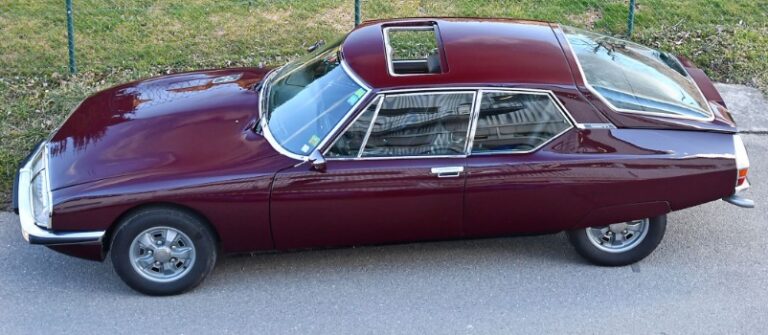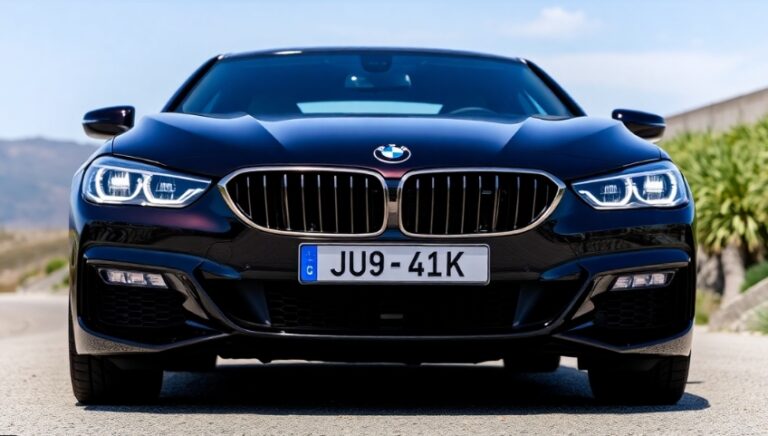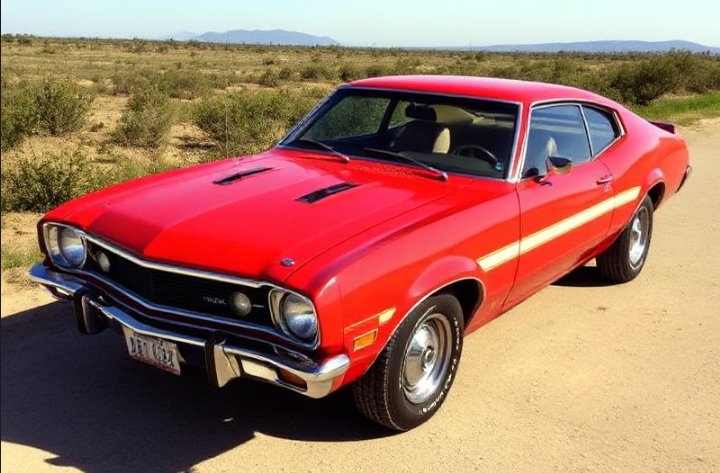The Evolution of the GMC Sprint: A Classic American Pickup
The GMC Sprint, also known as the GMC Caballero in some markets, represents a unique segment in the automotive world, bridging the gap between compact cars and full-size pickups. Produced by the General Motors Company from 1971 to 1987, the GMC Sprint has a storied history that captures the essence of an evolving automotive landscape, as well as changing consumer needs and preferences. In this article, we dive into the evolution of the GMC Sprint, its various models, trim levels, and the sociocultural context that shaped this remarkable vehicle.
Origins and Introduction (1971)
The GMC Sprint was launched in 1971 as a response to the increasing demand for versatile vehicles that were capable of both personal use and light-duty work. It was based on the Chevrolet El Camino, and the two vehicles shared many mechanical components, as well as styling cues. Designed as a dual-function vehicle with the look of a car and the utility of a pickup, the Sprint aimed to capture a specific niche in the marketplace.
In its first year, the GMC Sprint came available with a selection of engines, including a 250 cubic inch straight-six engine and optional V8 engines, including a 307 and a 350 c.i. V8. Offered in a single trim level initially, buyers could opt for different features to enhance the vehicle’s comfort and utility, such as air conditioning, power windows, and upgraded upholstery.
1972: Enhancements and Continuing Popularity
The GMC Sprint continued into 1972 with minimal changes. Notably, new safety regulations were coming into play, leading to updates such as a stronger frame and improved crumple zones. The familiar engine options remained, but it was in 1972 that GMC introduced the “Rally” package, which added sporty styling elements and upgraded performance features.
Mid-1970s: The Changes of a Changing Market (1973-1975)
By the mid-1970s, the automotive industry faced challenges, including the 1973 oil crisis, which shifted consumer preferences toward more fuel-efficient vehicles. This change led to a bigger emphasis on smaller, more economical engines. The 1973 model year introduced a new line-up of engines, including the option for a smaller 262 cubic inch V8, as the market turned away from larger powertrains.
In 1974, the GMC Sprint was categorized as “light duty” under federal classification. This classification meant higher payload capacities while also posing challenges in terms of fuel efficiency. The 1975 model year saw a push towards even more options aimed at improving comfort and style, with distinctive new exterior colors and two-tone paint jobs introduced.
.

.
Late 1970s and Early 1980s: Renewed Focus on Performance and Style (1976-1985)
The late 1970s witnessed further refinements in styling, with a facelifted truck introduced in 1976. A fresh grille, updated bumpers, and new taillight designs modernized the appearance. The Sprint became known for its comfort and ride quality while retaining its pickup functionality.
As the 1980s rolled in, GMC realized the need to keep up with the performance trends of the time. The concept of “muscle” cars was still prominent. In 1982, the GMC Sprint moved into its third generation. Newer trim levels were introduced, including the “Custom” and the sporty “Sprint SS.”
The Final Years: Transitioning to the Caballero (1986-1987)
In 1986, the Sprint was rechristened as the GMC Caballero, marking a significant change in branding. The Caballero nameplate resonated more with the changing consumer tastes of the time, and it continued to be marketed as a multipurpose vehicle. The change aimed to tap into the growing market for utility vehicles, emphasizing versatility, style, and performance.
Throughout the 1986 and 1987 model years, the Caballero was available with a range of trim levels including a base model, Custom, and the sporty option. Engine choices continued to evolve, with more emphasis on fuel efficiency. For the final years before discontinuation, the 305 cubic inch V8 became a popular option, while a 350 cubic inch V8 remained available in the higher trims.
Features and Trim Levels Over the Years
Throughout its production from 1971 to 1987, the GMC Sprint underwent numerous changes that reflected both consumer preferences and the broader automotive landscape. Here’s an overview of the various models and trim levels offered over the years:
- 1971-1972:
- Trim Levels: Base
- Notable Features: Available in various colors, V8 options, light-duty classification.
- 1973-1975:
- Trim Levels: Base, Rally Package
- Notable Features: New safety regulations, sporty options, increased versatility.
- 1976-1979:
- Trim Levels: Base, Custom, Sport
- Notable Features: Facelifted design, upgraded interiors, emphasis on ride comfort.
- 1980-1985:
- Trim Levels: Base, Custom, Sports
- Notable Features: Introduction of SS performance models, new engine configurations.
- 1986-1987 (as Caballero):
- Trim Levels: Base, Custom, SS
- Notable Features: Branding transition, new environmental regulations focused on efficiency.
Conclusion: The Legacy of the GMC Sprint
Though the GMC Sprint/Caballero ceased production in 1987, its legacy as a unique and functional vehicle continues to resonate in automotive circles. The Sprint filled a niche that blended performance, utility, and style, making it a favored choice for many consumers of its time.
The changing automotive landscape, particularly the push toward compact and more efficient vehicles, impacted the Sprint, ultimately leading to its discontinuation. However, today, enthusiasts cherish the GMC Sprint as a classic example of American automotive ingenuity—a vehicle that once defined the transitional phase of the pickup market.
Whether it’s as a beloved collector’s item or a nostalgic reminder of the 1970s and 1980s, the GMC Sprint holds a special place in the hearts of many, representing an era of automotive design that valued versatility and personality in equal measure.
